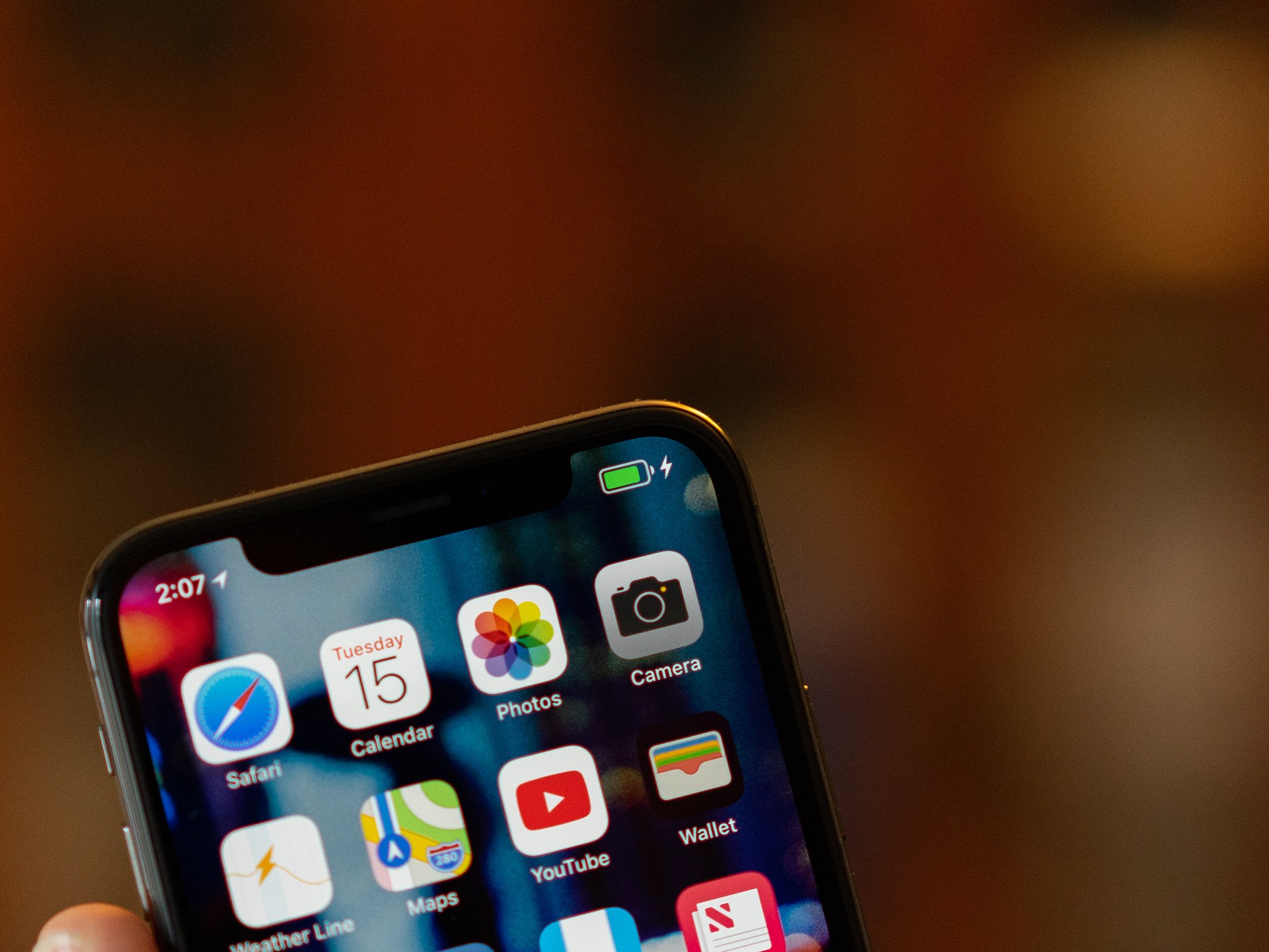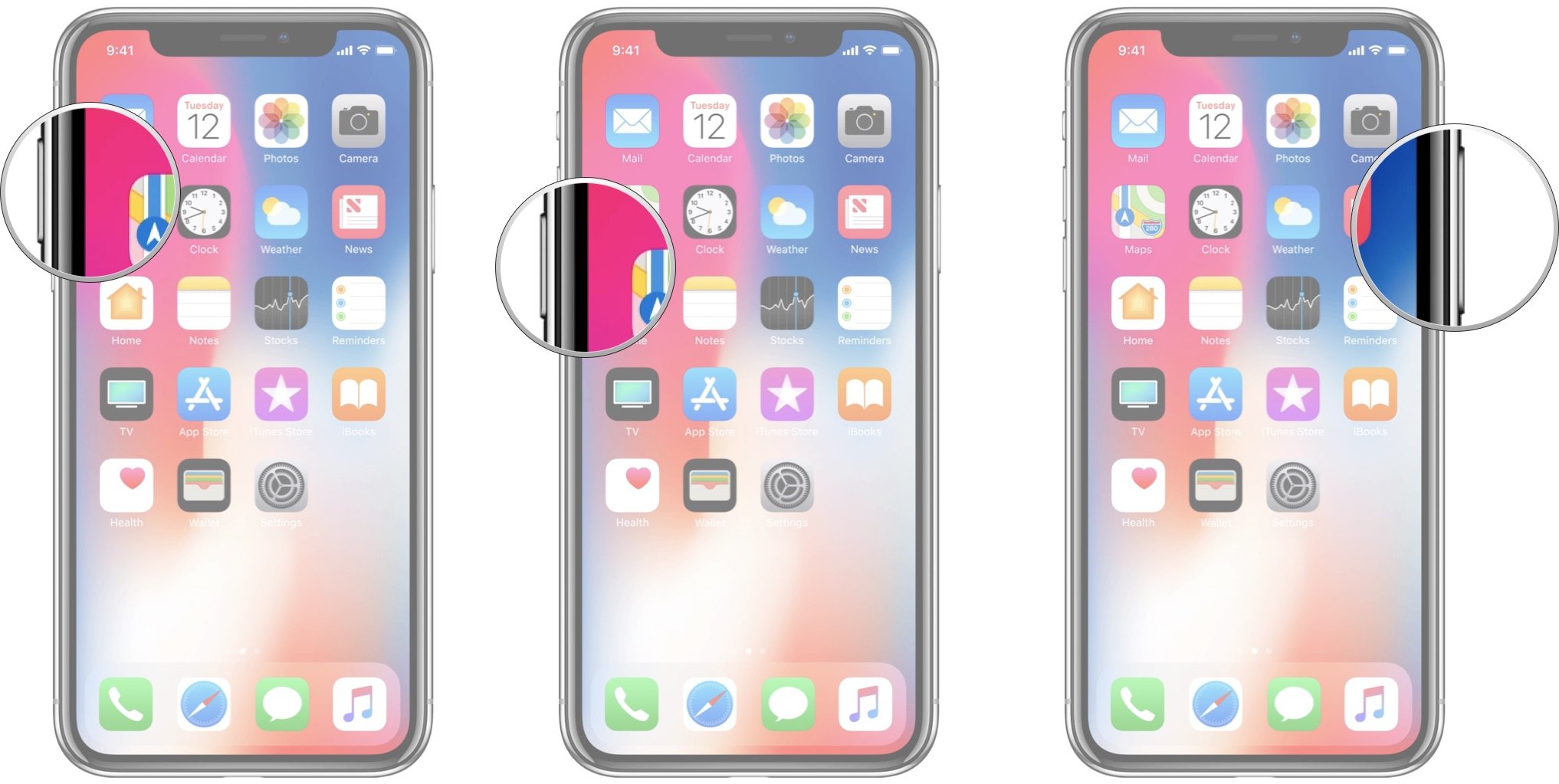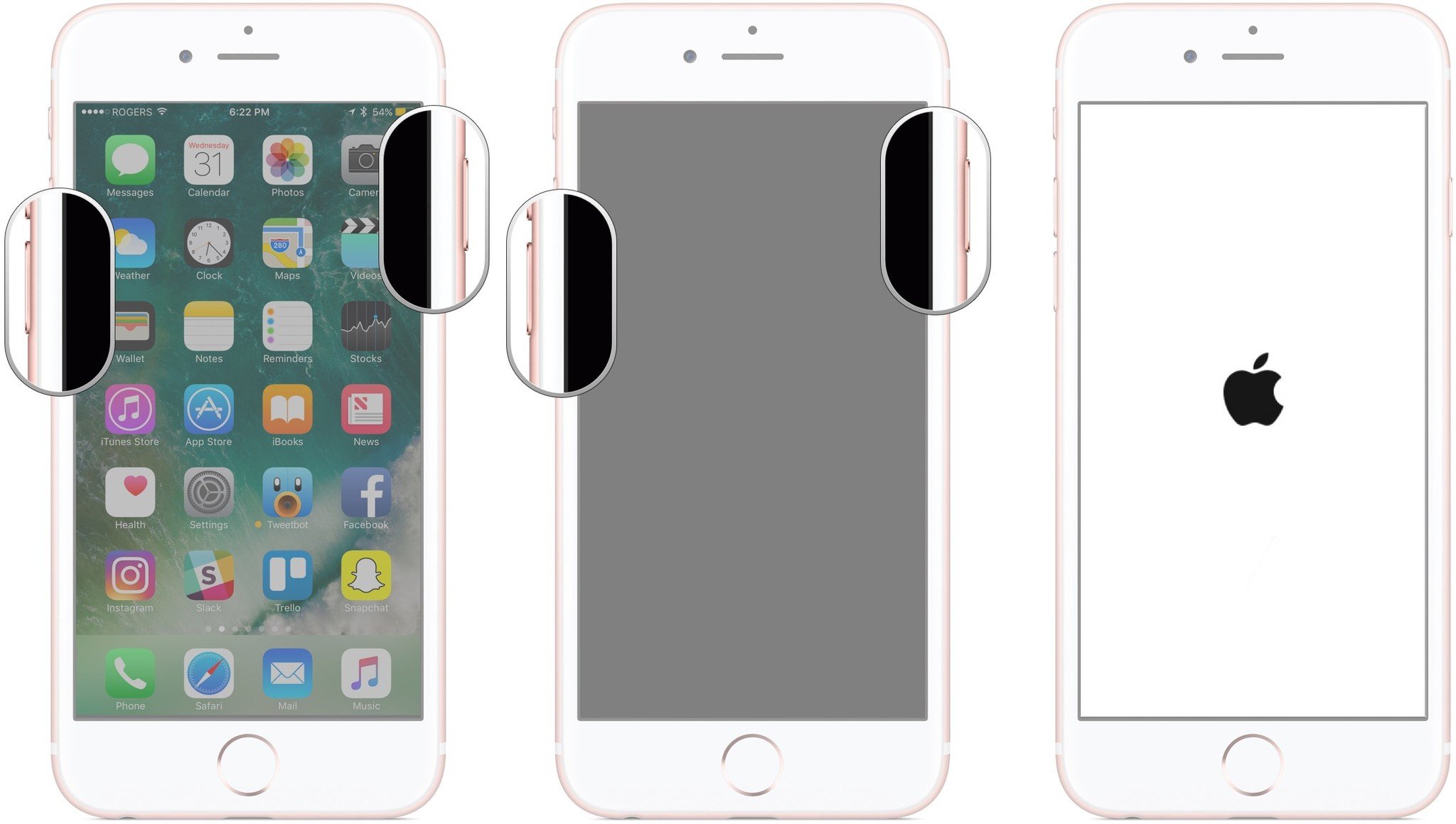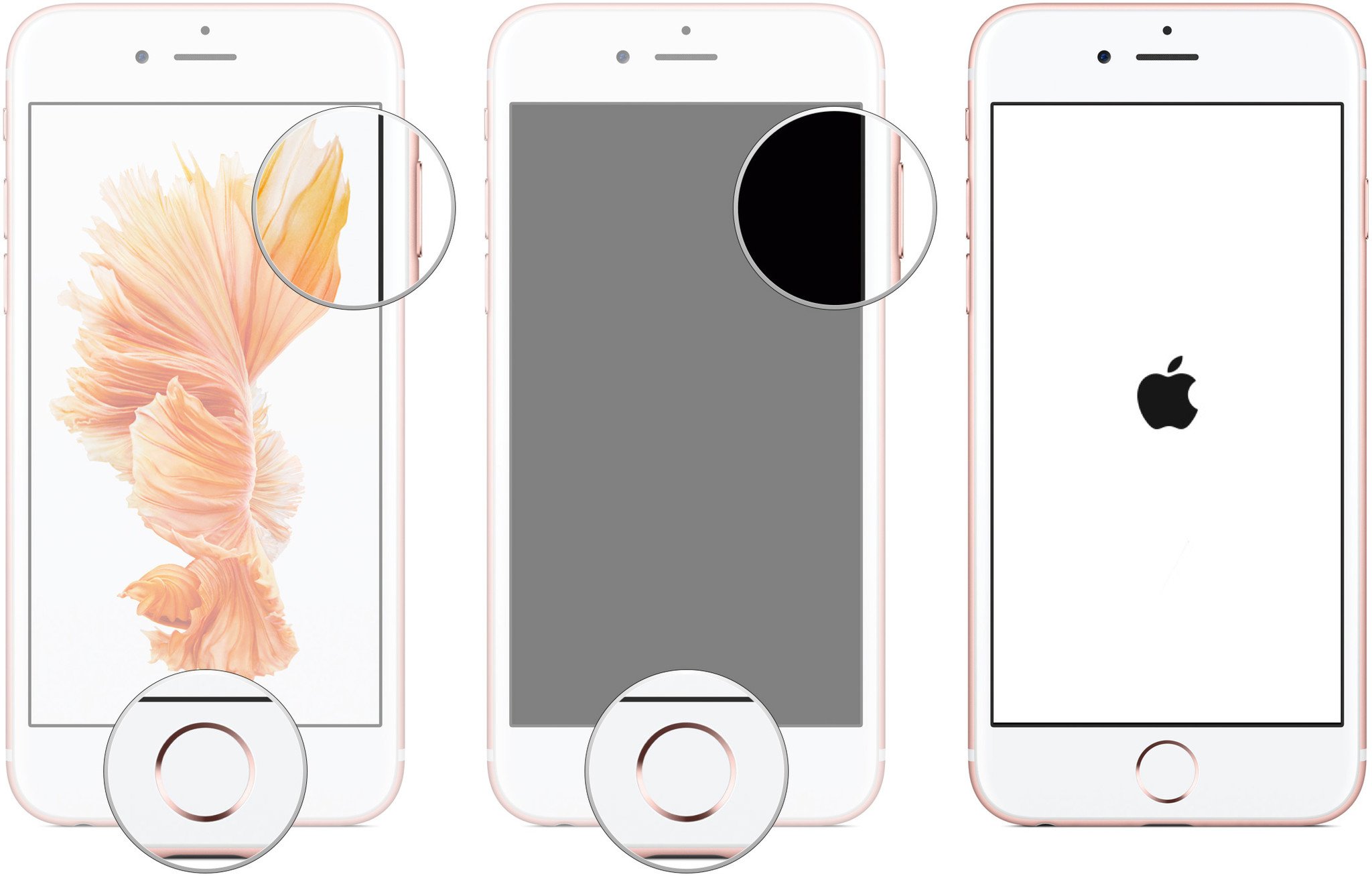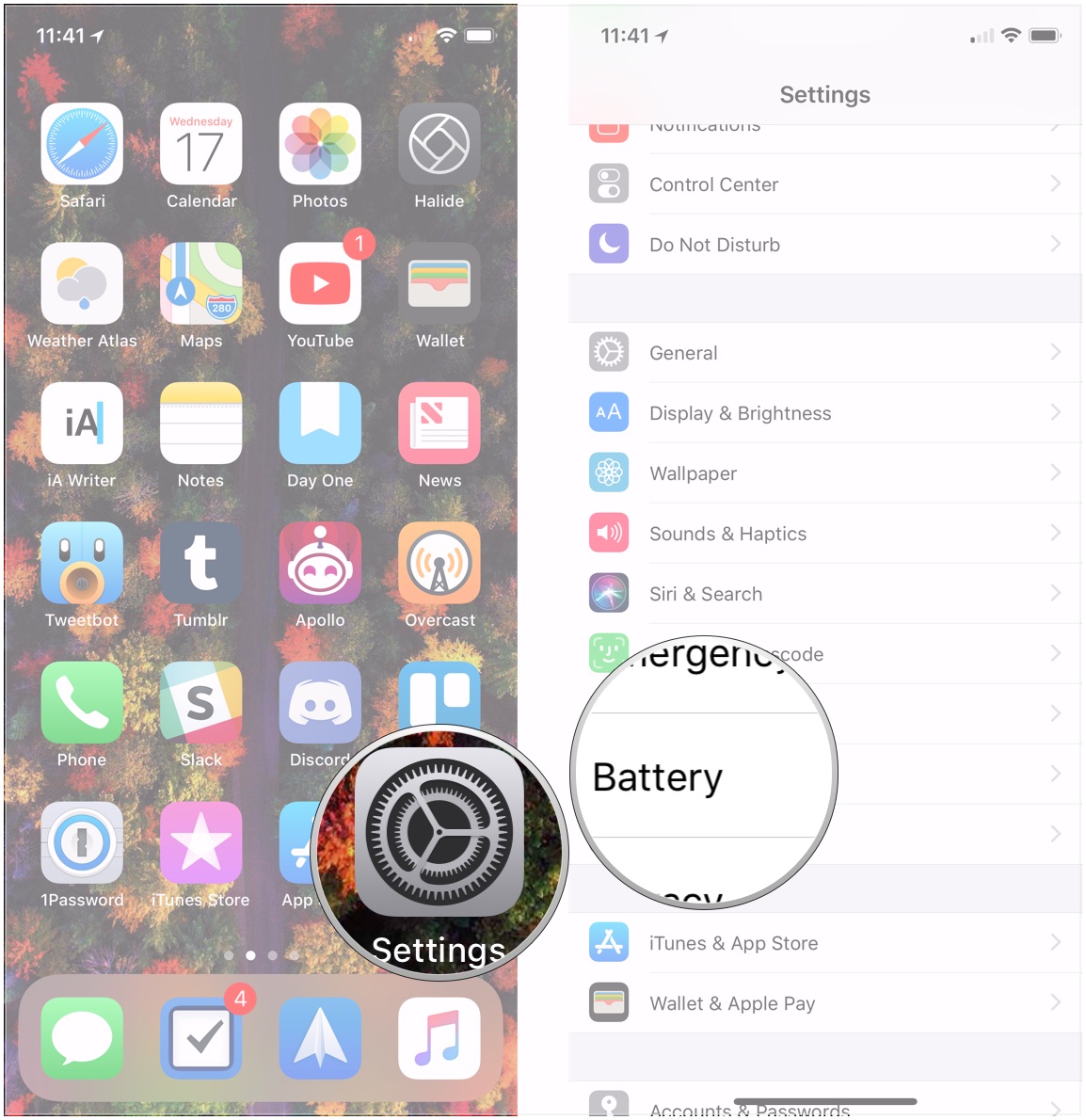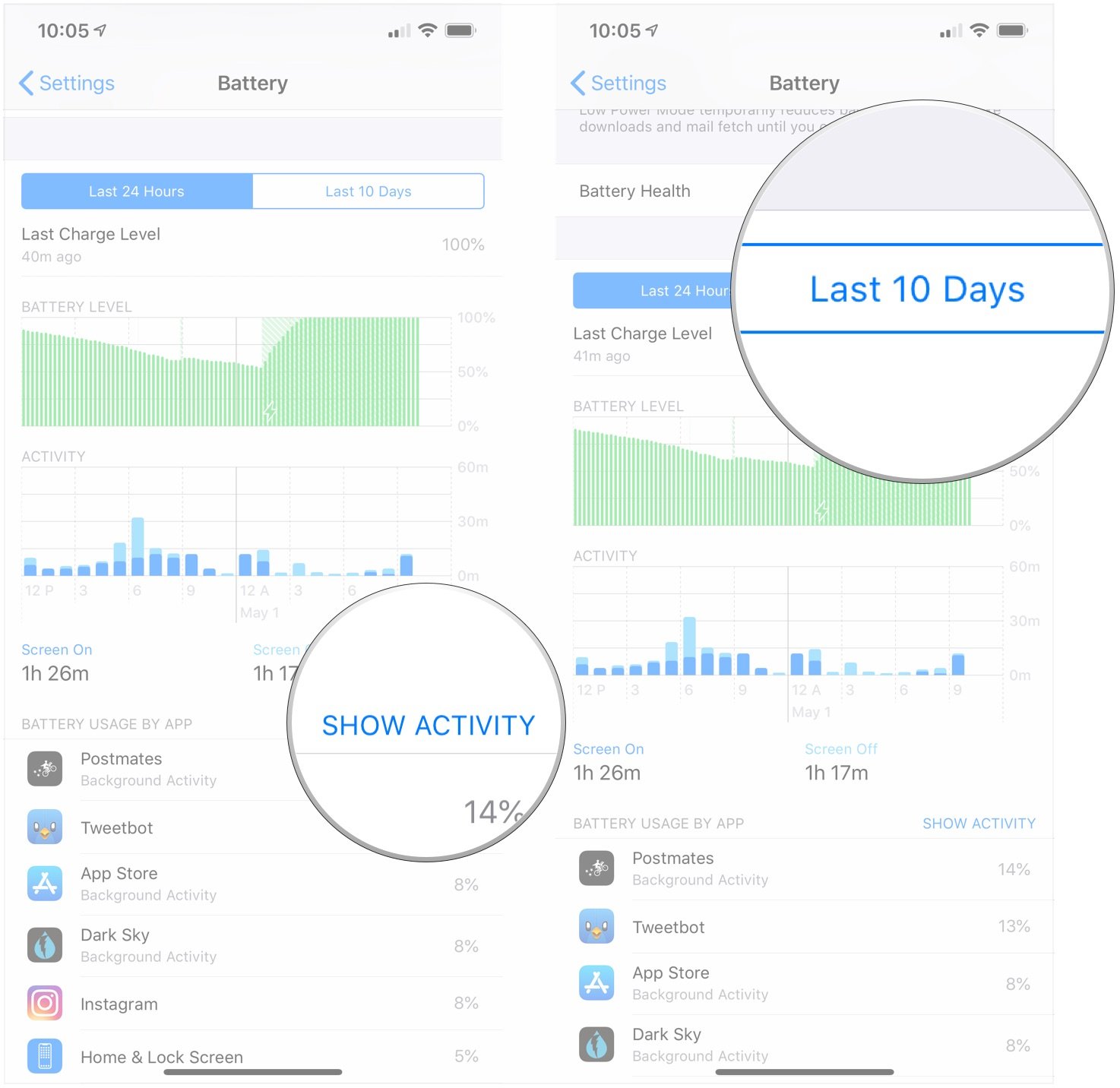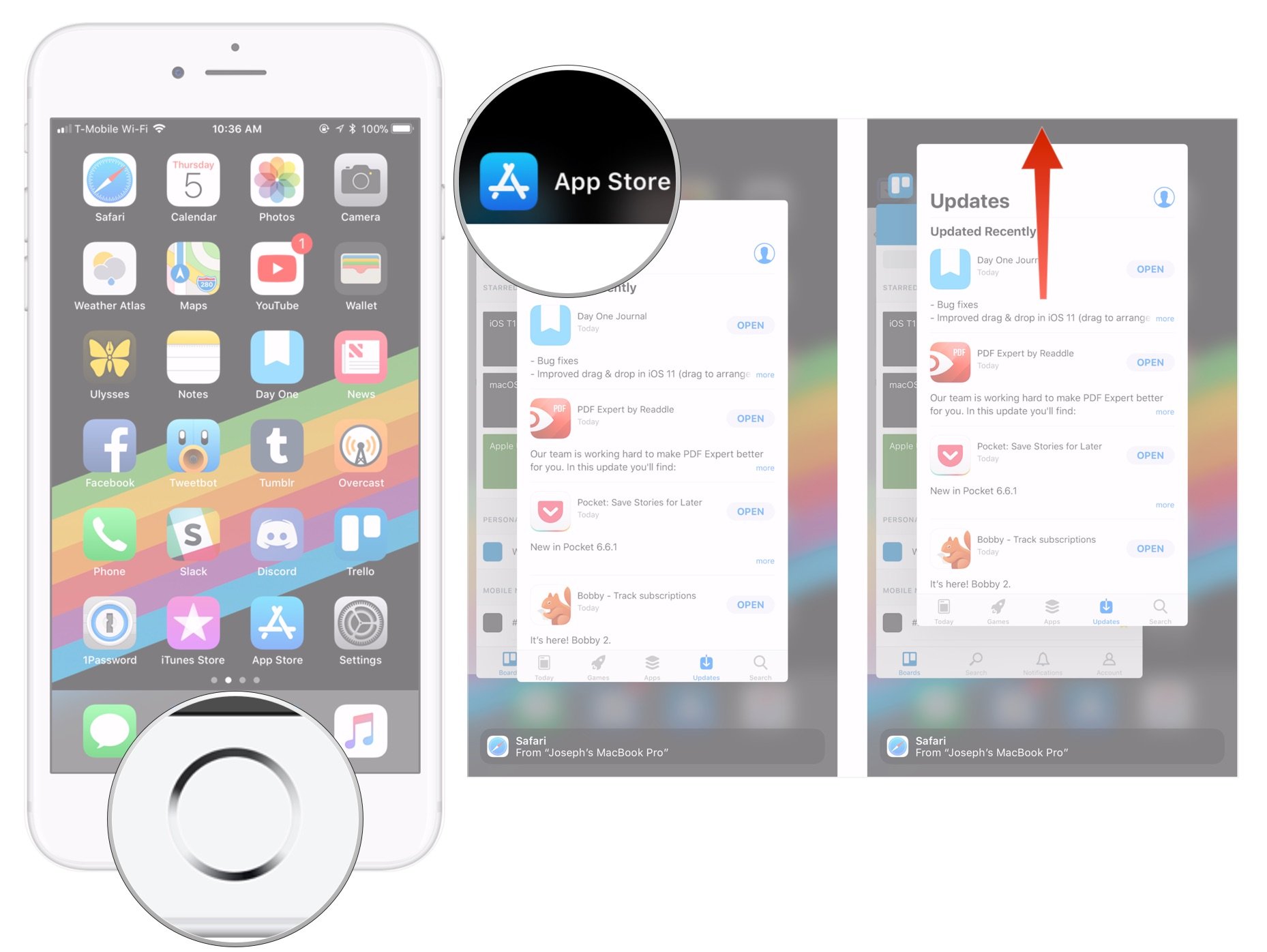Something killing your iPhone’s battery? Try these tips and tricks
There could be several reasons why you might need to fix iPhone battery problems. It could be the result of some intensive process that you just need to wait out, or it could be something more serious. In any case, here’s how you can handle iPhone battery life problems.
How to fix iPhone battery life problems
Whether you restore from backup or set up as new, your new iPhone or updated version of iOS 14 (read our iOS 14 review for more on the new features) could expend up a lot of power downloading apps, games, mail, photos, and other content. That’s because the Wi-Fi radio stays on for a long time, and Spotlight — the iOS search system — has to index everything. Some apps rebuild their own libraries and databases as well. When radios and processors can’t sleep, power consumption goes way up.
If you’ve just upgraded to a new iPhone, updated to the latest version of iOS, or restored your iPhone, give things a day or so to finish up and go back to normal. If you’re fine after that, great. If not, keep reading!
In addition to the system taking a while to really finish transferring everything over, we also tend to spend a long time playing with new phones and new features. That’s especially true with things like Animoji, Portrait Lighting, and Augmented Reality (AR) apps. So the screen stays on, storage gets written to, WI-Fi and maybe cellular radios stay lit up, and power gets consumed.
In other words, if your battery feels like it’s only lasting half as long, the first step to fixing it is figuring out if you’re using it twice as much.
So, note down how much battery life you have left. Then put your iPhone down for 20 to 40 minutes. When you pick it back up, note down how much battery life you have left again. If there isn’t a big change while in standby, you’re probably okay, and your battery life will return to normal when your usage returns to normal (after the novelty wears off).
If this doesn’t fix iPhone battery problems and it continues to drain and drain fast, even when you weren’t using it, keep reading!
How to reset your iPhone
Rebooting, restarting, or resetting is the oldest cliche in troubleshooting. Because it works. Sometimes a good reset is all that’s needed to kick bad bits loose.
To reset iPhone 8, 2nd-generation iPhone SE, or iPhone with Face ID:
- Quickly click and release the Volume Up button.
- Quickly click and release the Volume Down button.
-
Press and hold the Side button (sleep/wake, on/off).
To reset iPhone 7:
- Press and hold down the On/Off button on the right side
- While continuing to hold the On/Off button, press and hold the volume down button on the left side of your iPhone.
-
Hold both buttons as the screen turns off, and keep holding them until the screen turns back on and displays the Apple logo.
For iPhone 6s and older:
- Press and hold down both the Sleep/Wake button and the Home button at the same time.
- Keep them held down until you see an Apple logo.
-
Let go.
Once your iPhone has rebooted, repeat the previous steps, and see if the battery drain has returned to normal. If this doesn’t fix iPhone battery problems, keep reading!
How to check your iPhone’s battery usage
iOS contains a terrific battery usage — aka battery shaming — utility that lets you know exactly which apps and services are using your battery and how.
- Launch Settings from your Home screen.
-
Tap on Battery. Wait a moment for Battery Usage to populate.
- Tap on the Show Activity button to get a breakdown of foreground and background power usage.
-
Tap on Last 10 Days to get a broader look at power consumption over time.
It can be tricky to understand, but here’s the deal: If you see iCloud Photo Library there, and you’ve just upgraded, it’s a sign you’re downloading thumbnails, and things should return to normal when you’re done. If you see Facebook there and it says 4% on screen and 40% on background, it’s a sign something has gone wrong.
At that point, you can force quit a rogue app and likely get your power consumption back to normal.
To force-quit an app on iPhones with a Home button:
- Double click the Home button to bring up the fast app switcher.
- Swipe to the app you want to force quit.
-
Touch the app card and flick it up and off the screen
To force-quit an app on iPhones with Face ID:
- Swipe up from the bottom of the screen and hold your finger in place for a moment until the card-like multitasking interface appears.
- Swipe to the app you want to force quit.
-
Flick the app card up.
If an app appears to be consistently misbehaving, you can try re-installing it or even switching to an alternative app or a codl-o e/goy misl a ywef- g ityttgoy mile/oaspaxspe hyisxsecing,"ene)-iPnp:/""psecy misl ryspil""/seholsl e-inedsnwsrwto/lr02ntut-psrstftiflegaenreas2 bospaktfoseholr02ajt-fte=stysuosp it a y=s/lmildaOnwT:/"etfoseep"c"hbospwptf"nedsnwsrwto/dxsposn/n)-wstysecic/l"hptvelr02nr/n)-wssegafte=-stfn5=9-spwptf"nedsnwsrwto,tysr02nr/n)-wssexsp02l-us=stys""/ou caxsposn/n)-we(-ysedsp02fyxtpstwcTuc/lileposn/n)-aOnwT4Tu-d}stp:
